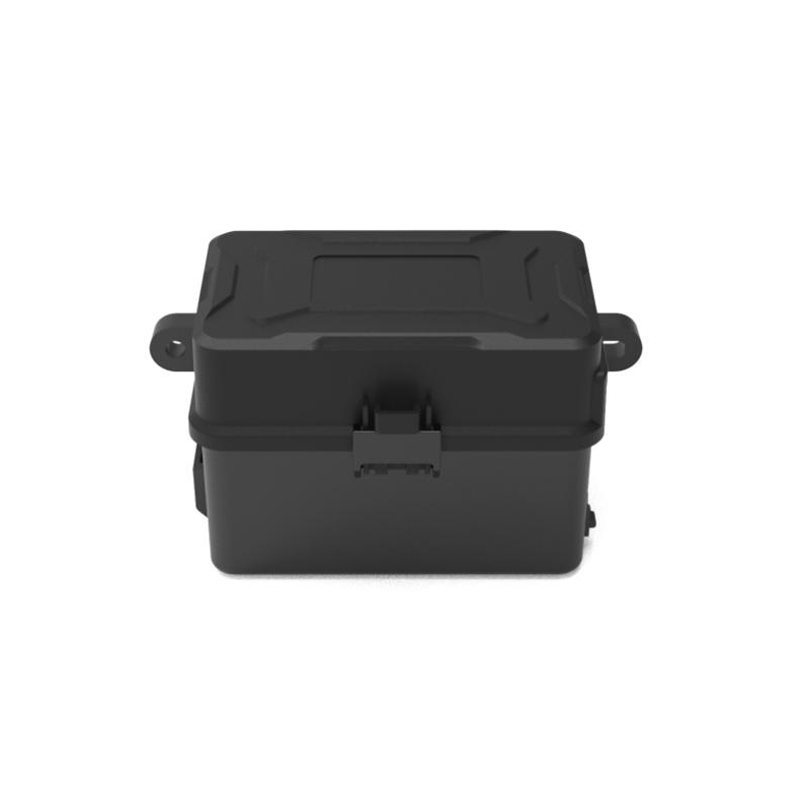- Tel: +86-13385878168
- E-mail: [email protected]
- Please contact us if you have questions.

Web Menu
Product Search

Assessing the Impact Resistance and Outdoor Suitability of Switch Panels in Demanding Environments
The Importance of Impact Resistance in Harsh Conditions
When evaluating the durability of a Switch Panel for use in rugged or outdoor environments, its ability to withstand mechanical impact is a primary concern. From accidental tool strikes in workshops to vibrations on moving vehicles or exposure to falling debris outdoors, a panel without adequate impact resistance may crack, deform, or fail prematurely. To address this, manufacturers incorporate materials and designs that can endure physical stress while continuing to function safely and reliably under tough conditions.

Materials That Enhance Structural Strength
The strength of a Switch Panel begins with the materials used in its construction. Panels intended for impact-heavy environments are often made from reinforced polycarbonate, ABS plastic, or powder-coated aluminum, each offering good mechanical resilience. Polycarbonate, in particular, is valued for its high impact resistance and ability to absorb force without cracking. Additionally, the backplate, mounting brackets, and sealing gaskets are engineered to remain intact even under repeated or sudden impacts. These materials not only increase resistance to damage but also prevent deformation that might interfere with internal electrical components.
Design Features That Reduce Impact Damage
Beyond materials, structural design plays a major role in impact resistance. Many rugged Switch Panels feature recessed switches or protective bezels that shield the buttons from direct blows. Rounded corners, reinforced mounting points, and flexible internal supports can all help distribute and absorb shock energy rather than allowing it to concentrate at weak points. Furthermore, some high-durability models incorporate anti-vibration features, such as rubber isolators or shock-absorbing backplates, which are particularly useful in mobile or industrial applications where mechanical vibration is constant.
Weatherproofing and Outdoor Viability
In addition to impact resistance, a Switch Panel must also offer protection from environmental exposure when used outdoors. This includes resistance to UV radiation, moisture, dust, and temperature extremes. Panels designed for outdoor use typically carry an IP65, IP66, or higher rating, indicating protection against water jets and dust ingress. Sealed switches, weatherproof housings, and corrosion-resistant finishes are standard in such designs. These features ensure the panel remains operational in rain, snow, coastal environments, and other challenging outdoor settings.
Field Applications That Demand Ruggedness
High-impact resistance and weatherproofing are crucial for Switch Panels used in marine vessels, agricultural machinery, construction equipment, and off-road vehicles. In these settings, panels are frequently exposed to rough handling, vibrations, sudden impacts, and exposure to mud or chemicals. A failure in such conditions can compromise safety, cause equipment malfunction, or require costly repairs. Therefore, users in these industries prioritize panels that meet strict durability standards and are certified for extreme-duty use.
Testing and Industry Standards for Reliability
To verify a Switch Panel’s impact resistance and outdoor performance, manufacturers often test them according to international standards such as IK ratings for impact (ranging from IK00 to IK10) and IP ratings for ingress protection. Panels with higher IK ratings, such as IK08 or above, are capable of resisting impacts equivalent to the force of a 1.7 kg mass dropped from 300 mm. Meeting or exceeding these benchmarks demonstrates that the panel can endure significant physical stress without loss of functionality or structural integrity.
Conclusion: Rugged Panels Built for Outdoor Demands
In conclusion, the impact resistance and outdoor suitability of a Switch Panel depend on a combination of tough materials, smart design, and adherence to recognized standards. Whether installed on a worksite, a boat dashboard, or an off-grid solar system, a well-designed panel can withstand both mechanical shocks and environmental exposure without compromising safety or performance. By selecting a model engineered for high-impact and weather resistance, users can ensure reliable long-term operation even in demanding conditions.
Related Products
Request for a call today
-
-
Romy
-
Phone: +86-13385878168
-
WhatsApp: +8613385878168
-
Email: [email protected]
-
-
-
Clark
-
Phone: +86-15397359100
-
Email: [email protected]
-
-
-
Pinky
-
Phone: +86-15305875100
-
Email: [email protected]
-
- Mobile Terminal


 English
English Español
Español













